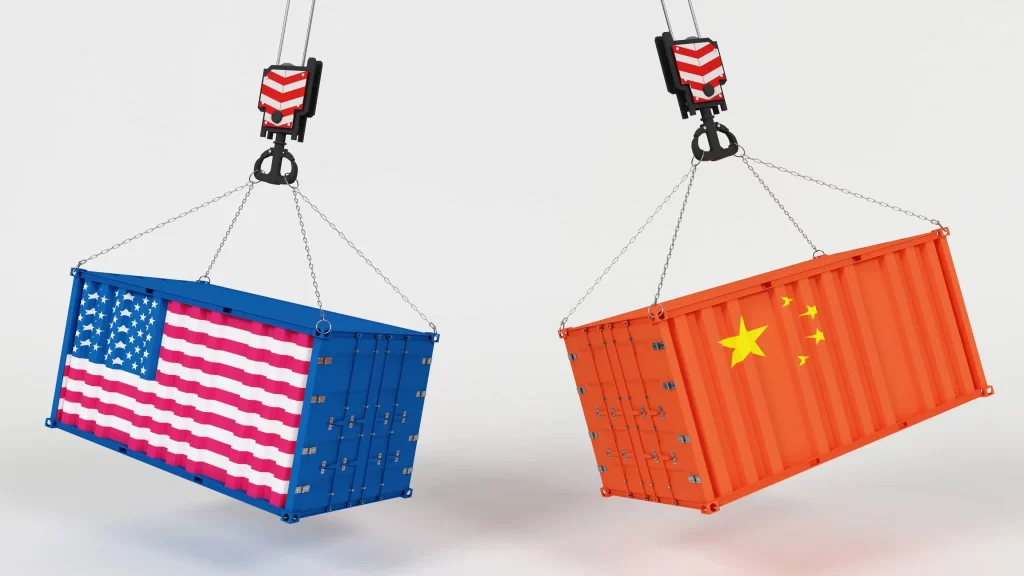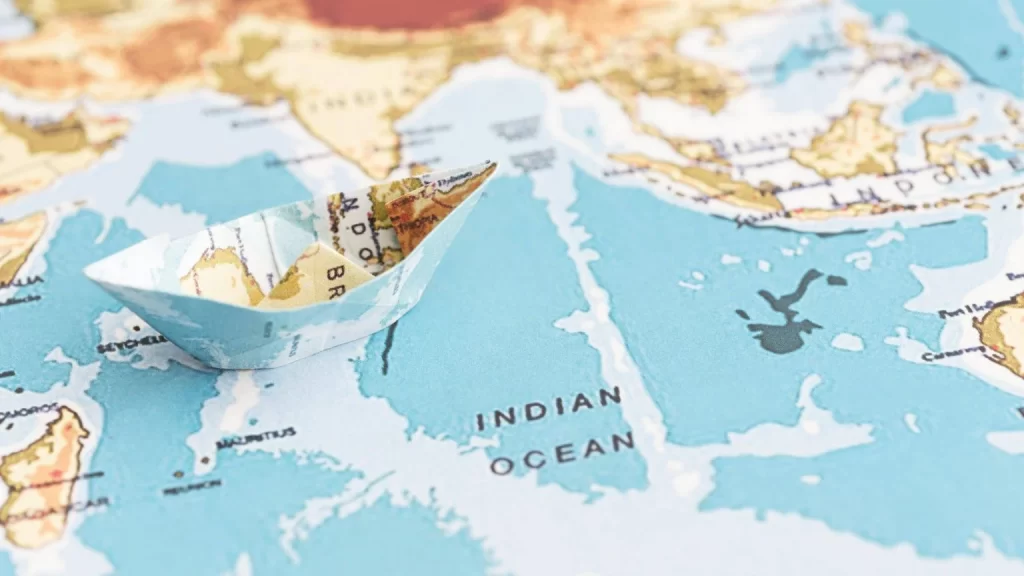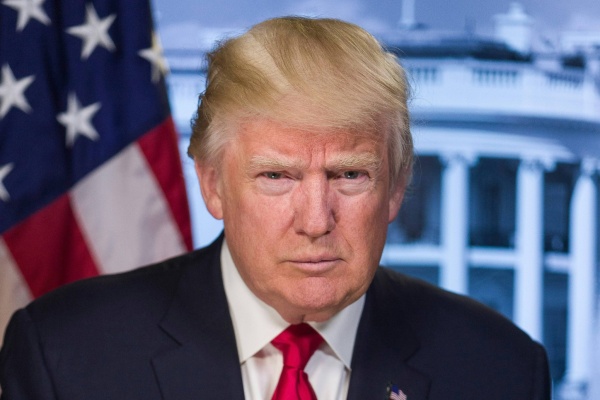Donald J. Trump was declared the winner of the 2024 US presidential election, reclaiming nearly every swing state that President Biden had won in 2020. His return to office is expected to have significant effects across Asia, influencing economic policies, military alliances, and regional security dynamics. However, unlike his first term, this time many are not entirely uncertain about what to expect from a second Trump presidency.
Here is a quick region-wise breakdown of the possible impact of Trump’s second presidency on Asia.
North and East Asia
- Balancing China would be Trump’s key priority in East Asia. There is a bipartisan consensus in the US to combat China’s growing influence. The new Trump administration is expected to reignite the US-China trade war, imposing additional tariffs on Chinese goods, and targeting industries such as technology and manufacturing. This would strain China’s export-driven economy and could lead China to implement its retaliatory measures, deepening trade rifts.
- Taiwan can expect to receive enhanced military support and possible increases in arms sales, akin to Trump’s first term. However, Trump’s unpredictability could create instability in Taiwan’s strategy, as Trump might push Taiwan to cover more financial costs. Renewed support could embolden Taiwan’s defense position but provoke a more aggressive posture from Beijing. This however does not mean that Taiwan will be immune to US tariffs. Trump’s tendency to press allies for fair trade could lead to tariffs on Taiwan’s key exports, such as semiconductors, due to claims of “tech dominance.” Taiwan’s chipmakers might face pressure to diversify exports or shift production to the US.
- Similarly, Trump’s call for allies to contribute more financially could mean demands for Japan and South Korea to increase payments for US troop presence. For South Korea, this could lead to heightened strain, as Trump has proposed a drastic increase in their contributions in past negotiations. In both nations, the return of Trump’s “America First” policies potentially impact their export-heavy economies, leading to trade renegotiations. We expect tariffs on car exports to the US may also be back on the table.
- In North Korea, Trump’s unpredictable approach could see a renewed push for high-profile summits with Kim Jong Un, similar to their past meetings. However, without clear diplomatic groundwork, these meetings might result in limited outcomes, leaving uncertainties on denuclearization. This time though, North Korea’s recent alignment with Russia complicates the landscape, as Trump’s pressure could either push Pyongyang towards deeper ties with Moscow or create an opening for diplomatic engagement.

Southeast Asia
- ASEAN nations may feel pressure to side more definitively with the US, balancing relations between China and the US as Trump strengthens alliances to counter China’s influence. ASEAN countries could see indirect effects if a trade war with China disrupts regional supply chains. A surge in tariffs on Chinese goods could encourage companies to shift production to ASEAN countries, but this would create new dependencies on US market stability.
- However, Trump’s return is also reassuring to allies like the Philippines and possibly Vietnam, who have territorial claims in the South China Sea and look to the US for support against China’s assertive actions. He has shown a preference for projecting American military strength, and he may continue or even expand US military operations in the South China Sea, sending warships and aircraft through disputed waters to assert freedom of navigation.
South Asia
- For India, a second Trump term could mean a continued strengthening of the US-India relationship, with the Quad (a strategic security dialogue involving the US, India, Japan, and Australia) as a key platform to counterbalance China in the Indo-Pacific. Trump might push India to expand its security role in the region, encouraging more military collaboration, joint exercises, and defense purchases from the US. Economically, sectors like pharmaceuticals and Information Technology services could face renewed demands for reforms and tariffs, which might complicate bilateral trade despite strong strategic alignment. India, however, might be willing to make concessions in return for security commitments and support for its role in the Indo-Pacific.
- Pakistan, Bangladesh, and Sri Lanka could face a mix of opportunities and challenges. Under Trump, the US might push these countries to take a more explicit stance in the US-China rivalry. In particular, Islamabad will likely face pressure, especially on counterterrorism commitments. Trump’s administration previously cut security aid to Pakistan, demanding stronger action against terrorism. These demands can continue or intensify. Dhaka could expect direct trade negotiation opportunities, particularly in the textile sector, with pressure to limit its economic ties with China, which has become one of its major trading and investment partners. Colombo will be expected to increase security cooperation, offering maritime support and infrastructure investment to counterbalance Chinese influence.
- We think that debt dependency on China could make it difficult for these countries to pivot fully toward US interests without risking economic stability.

The Middle East
- While Trump was instrumental in relocating the US Embassy to Jerusalem and recognizing Israeli sovereignty over certainterritories, his administration largely sidelined the Palestinian Authority innegotiations. A second term would likely continue this stance, with few new overtures to restart traditional peace talks. Trump might focus on economic peace initiatives, encouraging investment in Palestinian areas withoutdirectly addressing core issues of sovereignty, which would limit any substantial progress in peace talks.
- Trump’s hardline stance on Iran is expected to persist, with a continuation of “maximum pressure” sanctions aimed at curtailing Iran’s nuclear program and regional influence. However, rather than re-entering the Joint Comprehensive Plan of Action nuclear deal, he may continue seeking a new or modified deal that imposes stricter limits on Iran’s nuclear ambitions and missile program. If sanctions do not yield the desired outcome, a Trump administration might contemplate military or cyber measures to curb Iran’s capabilities. This aggressive stance could exacerbate regional tensions, especially between Iran and Gulf nations like Saudi Arabia and the UAE, and risk a broader conflict if Iran decides to retaliate or expand its influence in Lebanon, Syria, Iraq, or Yemen.
Overall, Asia would likely experience heightened uncertainty and complex dynamics under a renewed Trump presidency, with each region recalibrating its economic and security ties amid evolving US policy positions.



